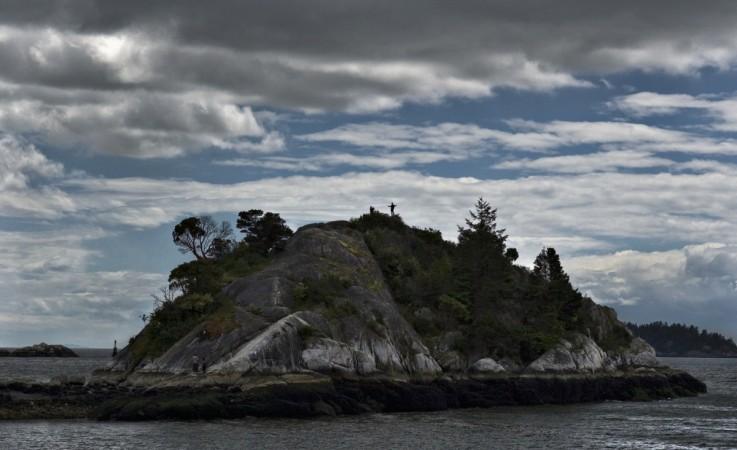
Experts have warned that if a mega-thrust earthquake were to hit the Vancouver Island, like it did around 315 years ago, the Earth could rip open like a zipper and the people living along the outer coast would only have between 15 and 20 minutes to escape.
On the night of 26 January, 1700, an earthquake of magnitude 9 had struck the Pacific Coast, causing violent tremors that were felt as far away as the Manitoba Border. Almost nine hours after that, a tsunami the height of a four-storey building hit the Japanese coast on 27 January, destroying everything in its path.
Scientists, by the 1990s, started to believe that the ancient earthquake and subsequent tsunami are eerily similar to the ones that hit Earth on Boxing Day 2004. This time around, the magnitude of the quake was 9.2 and casualties amounted to 250,000.
They also clarified that owing to their locations near major fault lines that build up pressure over a period of 300 to 500 years, causing the Earth's surface to eventually buckle and let go, earthquakes and tsunamis in these locations aren't a one-time occurrence.
University of Victoria ocean engineer Kate Moran, who previously advised the Obama administration in the United States on climate policy issues, headed the first research team into the Indian Ocean area following the Boxing Day earthquake and tsunami. She also reiterates that there are many similarities between Boxing Day 2004 and Vancouver Island 1700, reports The Star.
In both cases, there was a major rupture of the earth that triggered deadly earthquakes and tsunamis, Moran says, however, in each case the Earth's zipper was metaphorically ripped open.
"What you can now do is actually put videos to the event and to me that's really helpful for people understanding the risks here (on Vancouver Island)," says Moran
The Cascadia subduction, the convergent plate boundary that stretches from northern Vancouver Island to northern California, for example, is the result of two locked geological plates under the sea floor.
"Right now the two plates are sort of stuck together," says Alison Bird, a Victoria-area seismologist. "They're locked, yet they are still moving toward each other. What's happening is there's a lot of stress building up. The stress builds up over hundreds of years and when it releases it releases in a mega-thrust earthquake."
Following the Japanese earthquake and tsunami in 2011, Peters explains, the normally slow moving Pachena River shifted from low tide to high tide in mere minutes.
If a similar earthquake occurs now, Bird warns, people living along the outer coast of Vancouver Island will have between 15 and 20 minutes to escape and Victoria can expect a tsunami wave of between two and four metres within 75 minutes.
And although Greater Vancouver is likely to escape a tsunami in the event of a mega-thrust earthquake, the shaking would be prolonged and violent enough to damage buildings, says Bird.
On a happier note, the odds of another mega-thrust earthquake and tsunami on Vancouver Island happening within the next 50 years are about one in 10, assured Bird.

















